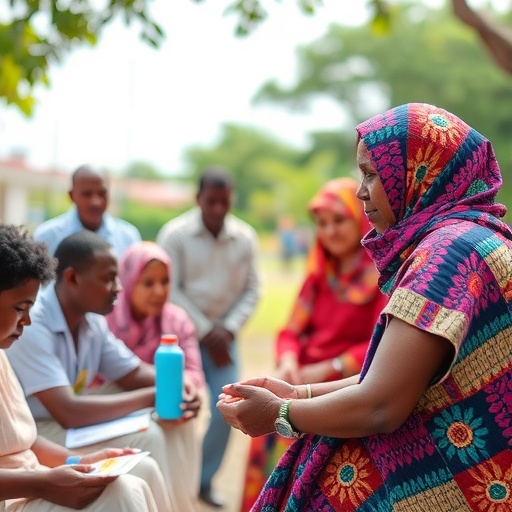Surgery to remove multiple herniated or degenerated discs in the neck, a procedure known as anterior cervical discectomy and fusion (ACDF), can be safely performed in an outpatient setting in select patients, according to a study at Hospital for Special Surgery (HSS) in New York City.
The research, titled, “A Comparison of Multilevel Anterior Cervical Discectomy and Fusion Performed in an Inpatient versus Outpatient Setting,” was presented today at the American Academy of Orthopaedic Surgeons Annual Meeting in Las Vegas.
“An emphasis on reducing healthcare costs has led to numerous surgeries in a wide range of specialties being performed on an outpatient basis,” said Sheeraz Qureshi, the Patty and Jay Baker Chair in Minimally Invasive Spine Surgery. “Single-level ACDF, in which one disc is removed, is one of the most common spine surgeries performed in an outpatient setting.”
ACDF may be performed when pain is ongoing and nonsurgical treatments fail to provide relief. The procedure involves removing the damaged disc or discs, as well as any bone spurs that have developed. After the disc is removed, a bone graft is inserted in the open space. The graft serves as a bridge between the two vertebrae to create a spinal fusion. To relieve symptoms, the surgeon may remove one disc (single-level ACDF) or multiple discs (multi-level ACDF).
Despite the success of single-level ACDF in the outpatient setting, concerns over increased post-operative complications, including respiratory problems, have curtailed the performance of multi-level ACDF in the outpatient setting, according to Dr. Qureshi. He and colleagues set out to compare early outcomes and safety in multi-level ACDF in the inpatient versus outpatient setting, looking at various patient and procedural factors.
The study included patient demographics; baseline patient differences, such as additional health issues; blood loss; operative time; hospital length of stay; and complications. Researchers also compared patient-reported outcomes, which evaluated improvement in pain, function and well-being from the patient’s perspective.
Of the 103 patients in this study, 57 had surgery as outpatients and 46 had a hospital stay. The inpatients were older (median age 57 versus 52 years old).
Outpatient surgery was performed more often when there were fewer discs being removed. Of the 83 two-level ACDF cases, 60.2% were outpatient surgeries. Of the 20 three-level cases, 35% were in the outpatient setting. Outpatients had shorter operative times (71 versus 84 minutes) and a significantly shorter hospital length of stay (8.5 versus 35.8 hours). There was no difference in postoperative pain.
At six month follow-up, both groups reported significant improvement in pain and function.
“In our study, the surgical setting did not impact patient-reported outcomes. The results suggest that multi-level ACDF can be performed safely in the outpatient setting without an increased risk of complications in appropriately selected patients,” Dr. Qureshi noted. “Specifically, the patient’s age, additional health conditions, and number of levels being fused should be taken into consideration when deciding whether to perform multi-level ACDF in an outpatient setting.”
###
About HSS | Hospital for Special Surgery
HSS is the world’s leading academic medical center focused on musculoskeletal health. At its core is Hospital for Special Surgery, nationally ranked No. 1 in orthopedics (for the ninth consecutive year) and No. 3 in rheumatology by U.S.News & World Report (2018-2019). Founded in 1863, the Hospital has one of the lowest infection rates in the country and was the first in New York State to receive Magnet Recognition for Excellence in Nursing Service from the American Nurses Credentialing Center four consecutive times. The global standard total knee replacement was developed at HSS in 1969. An affiliate of Weill Cornell Medical College, HSS has a main campus in New York City and facilities in New Jersey, Connecticut and in the Long Island and Westchester County regions of New York State. In addition, HSS will be opening a new facility in Florida in late 2019. In 2018, HSS provided care to 139,000 patients and performed more than 32,000 surgical procedures, and people from all 50 U.S. states and 80 countries travelled to receive care at HSS. In addition to patient care, HSS leads the field in research, innovation and education. The HSS Research Institute comprises 20 laboratories and 300 staff members focused on leading the advancement of musculoskeletal health through prevention of degeneration, tissue repair and tissue regeneration. The HSS Global Innovation Institute was formed in 2016 to realize the potential of new drugs, therapeutics and devices. The HSS Education Institute is the world’s leading provider of education on musculoskeletal health, with its online learning platform offering more than 600 courses to more than 21,000 medical professional members worldwide. Through HSS Global Ventures, the institution is collaborating with medical centers and other organizations to advance the quality and value of musculoskeletal care and to make world-class HSS care more widely accessible nationally and internationally.
Media Contact
Robin Frank
[email protected]




